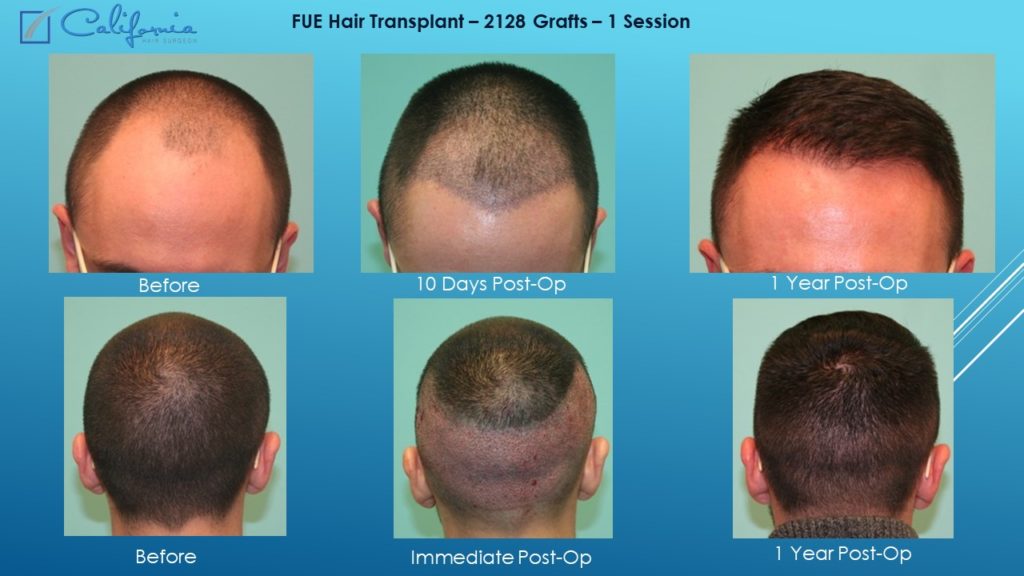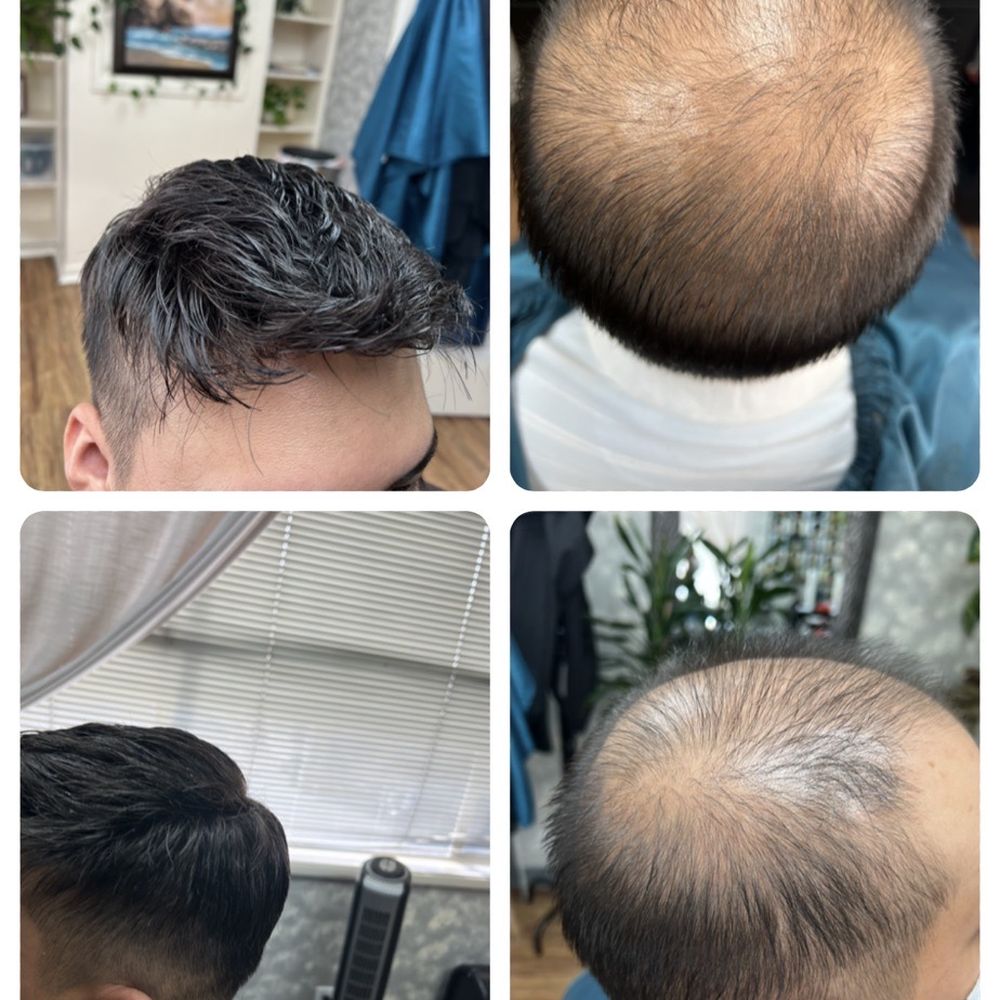Are you struggling with hair loss and seeking a solution in Oakland, California? Look no further! This article focuses on the topic of hair transplants in Oakland, California. Whether you’re a local resident or considering traveling to Oakland for this procedure, we will provide you with all the essential information you need to know. We’ll explore the benefits of hair transplants, the process involved, and the reputable clinics available in Oakland, California. Let’s get started on your journey to regaining your confidence and achieving a full head of hair!
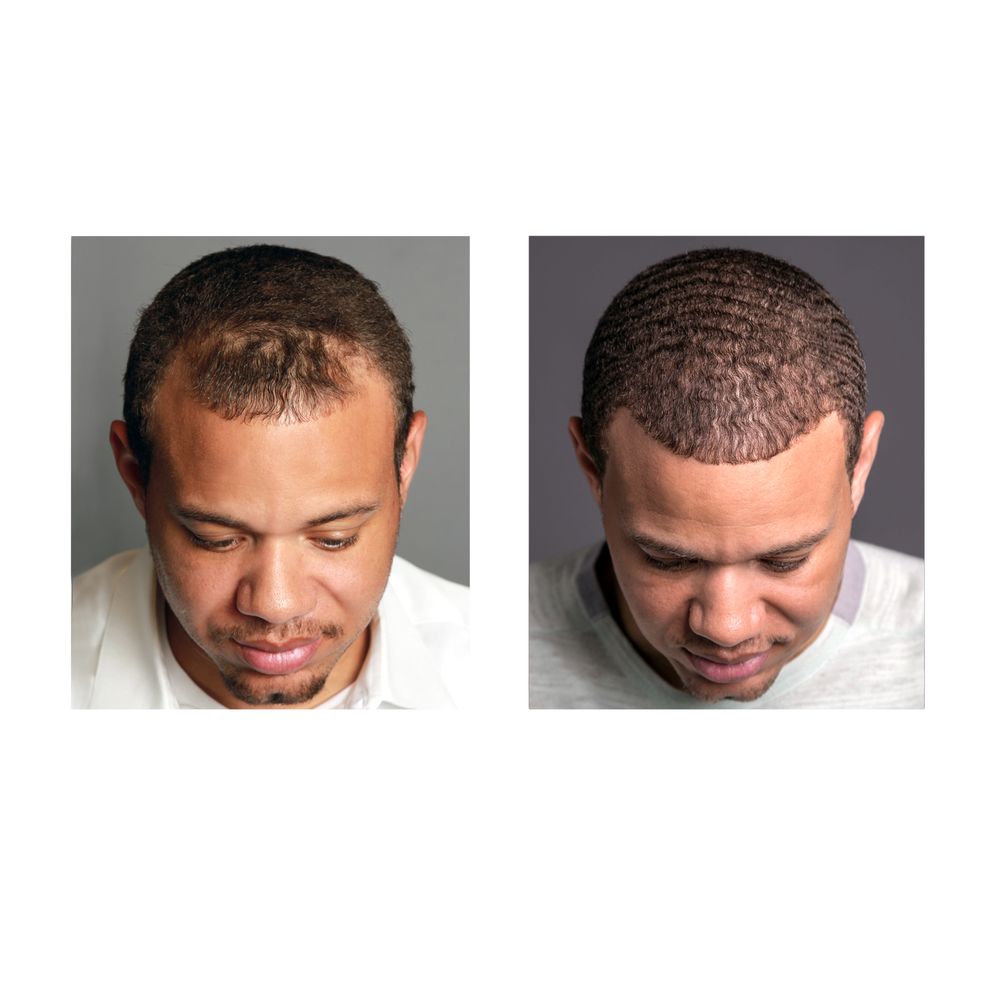
Understanding Hair Transplant
Definition of Hair Transplant
A hair transplant is a surgical procedure that involves moving hair follicles from one part of the body, known as the donor site, to another part of the body, known as the recipient site. The most common type of hair transplant is scalp hair transplantation, where hair follicles are transplanted from the back or sides of the head to areas that have experienced hair loss or thinning.
Benefits of Hair Transplant
The primary benefit of a hair transplant is that it can restore a natural-looking head of hair, boosting your confidence and self-esteem. It is a long-term solution to hair loss and can provide permanent results, unlike other temporary methods such as hairpieces or wigs. Additionally, hair transplant procedures are generally safe and have a high success rate when performed by a skilled and experienced surgeon.
Different Hair Transplant Techniques
There are several different techniques used in hair transplant procedures, each with its own advantages and limitations. The two most commonly used techniques are follicular unit transplantation (FUT) and follicular unit extraction (FUE).
FUT involves removing a strip of skin from the donor site and then dissecting it into individual hair follicles for transplantation. This technique is often recommended for individuals who require a large number of grafts.
On the other hand, FUE involves extracting individual hair follicles directly from the donor site using a small punch-like instrument. This technique is less invasive and does not leave a linear scar, making it a popular choice for those who prefer a more discreet procedure.
Choosing a Hair Transplant Clinic
Researching Hair Transplant Clinics
When it comes to choosing a hair transplant clinic, extensive research is essential. Start by gathering information about different clinics in your area and compare their reputation, experience, and patient reviews. Look for clinics that specialize in hair transplant surgeries and have a proven track record of successful procedures.
Considerations for Selecting a Clinic
When selecting a hair transplant clinic, there are a few important considerations to keep in mind. First and foremost, ensure that the clinic is accredited and the surgeons are licensed and board-certified. This ensures that they have undergone the necessary training and meet the standards of safety and quality.
It is also important to consider the clinic’s facilities, equipment, and technology. Modern clinics with state-of-the-art equipment and technology are often better equipped to provide optimal results. Additionally, take into account the clinic’s approach to patient care, including their communication style, support services, and follow-up care.
Reading Reviews and Testimonials
Reading reviews and testimonials from previous patients can provide valuable insights into the quality of the clinic and the surgeon’s expertise. Look for reviews that highlight positive experiences and successful outcomes. However, keep in mind that every individual’s experience may vary, and it is important to consider a range of opinions before making a decision.
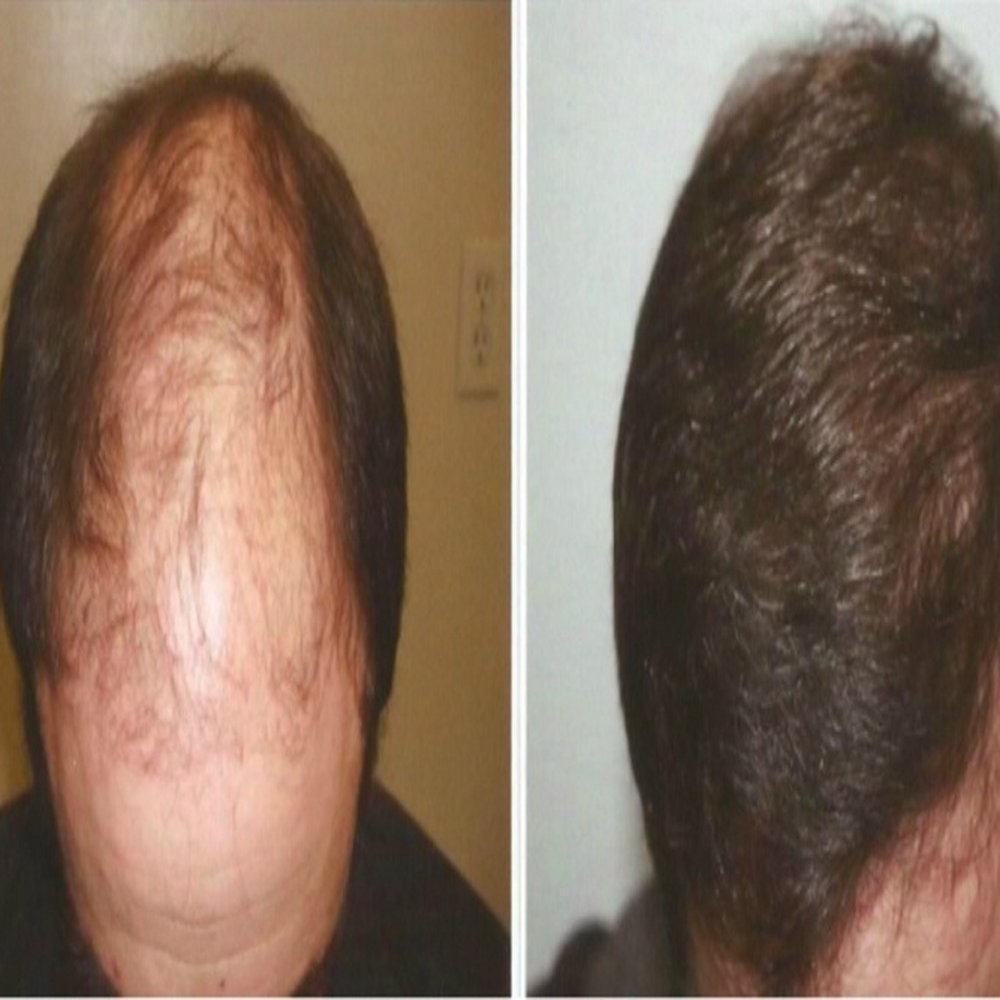
Consultation and Evaluation
Scheduling an Initial Consultation
Once you have selected a hair transplant clinic that meets your criteria, it is time to schedule an initial consultation. During this consultation, you will have the opportunity to meet with the surgeon, discuss your concerns and goals, and learn more about the procedure. This is also an opportunity for the surgeon to evaluate your candidacy for a hair transplant and determine the most suitable technique for your specific needs.
Importance of Evaluation
The evaluation process is a crucial step in the hair transplant journey. During the evaluation, the surgeon will assess various factors such as the extent of hair loss, the quality and density of the donor’s hair, and the condition of the scalp. This evaluation helps the surgeon develop a customized treatment plan and set realistic expectations for the outcome of the procedure.
Discussing Expectations and Goals
Open and honest communication with your surgeon is vital in ensuring that your expectations align with the potential outcomes of the hair transplant procedure. During the consultation, discuss your desired goals, including the desired hairline, density, and overall appearance. The surgeon will provide you with a realistic assessment of what can be achieved and guide you through the decision-making process.
Preparing for a Hair Transplant
Pre-Transplant Instructions
Before the hair transplant procedure, the clinic will provide you with specific instructions to follow in the days leading up to the surgery. These instructions may include guidelines on hair care, medications to avoid, and restrictions on certain activities. It is important to carefully adhere to these instructions to ensure the best possible outcome and minimize any potential complications.
Restrictions and Medication
In preparation for a hair transplant, it is important to be aware of any restrictions or limitations that may be imposed. Your surgeon may advise you to avoid certain medications that can interfere with the procedure or increase the risk of bleeding. It is also recommended to abstain from alcohol and smoking, as these can negatively impact the healing process.
Preparing Mentally and Emotionally
Undergoing a hair transplant procedure can be an emotional experience. It is important to prepare yourself mentally and emotionally for the process and the potential changes to your appearance. Reach out to your support system, seek counseling if necessary, and educate yourself about the procedure to feel more confident and secure in your decision.
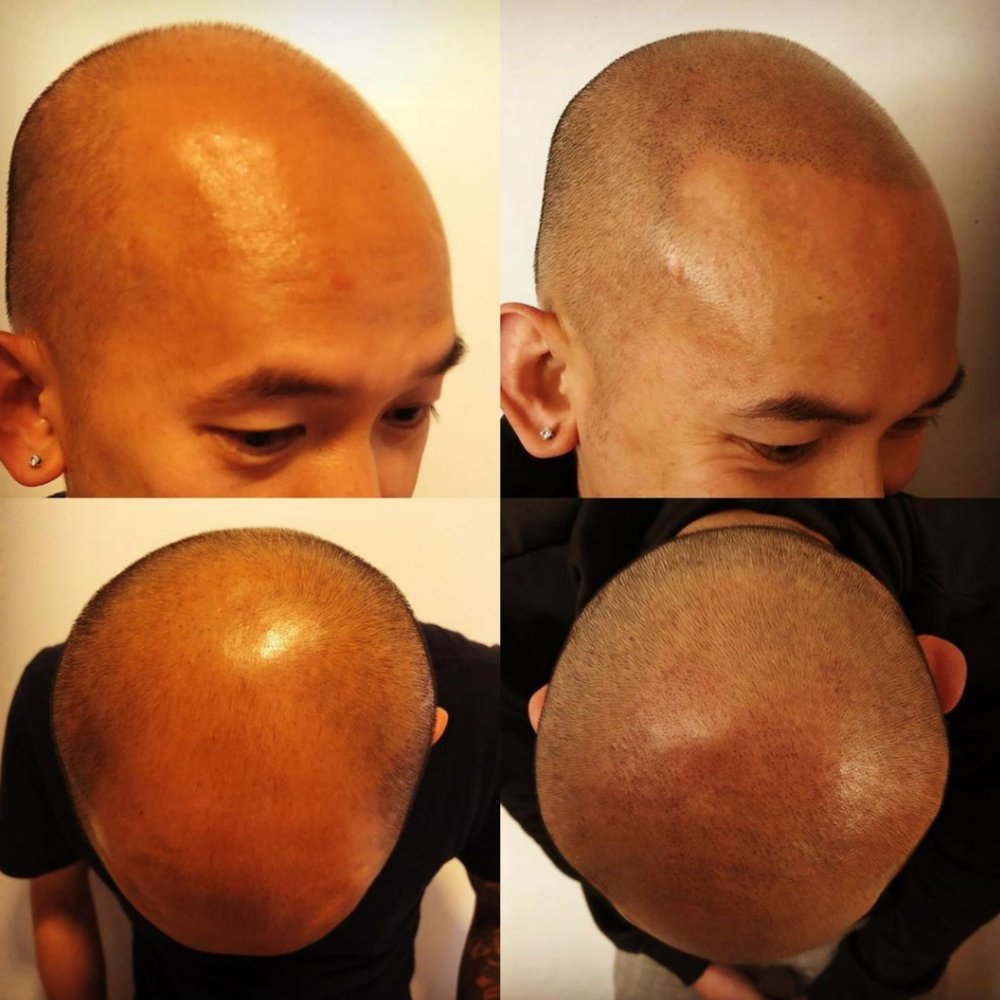
The Hair Transplant Procedure
Local Anesthesia Administration
During the hair transplant procedure, local anesthesia is administered to ensure that you remain comfortable and pain-free. The surgeon will apply a numbing agent to the donor and recipient areas, ensuring that you do not experience any discomfort during the surgery. The use of local anesthesia also allows for a quicker recovery compared to general anesthesia.
Harvesting and Preparing Hair Follicles
Once the anesthesia has taken effect, the surgeon will proceed to harvest hair follicles from the donor site using the chosen technique (FUT or FUE). The follicles are carefully extracted, taking into consideration their orientation and angle to ensure natural-looking results. These harvested follicles are then sorted, cleaned, and prepared for transplantation.
Recipient Site Creation and Insertion
After the hair follicles have been harvested and prepared, the surgeon will create tiny incisions in the recipient site where the hair will be transplanted. The incisions are made at precise angles and depths to mimic natural hair growth patterns. Finally, the hair follicles are meticulously inserted into the incisions, ensuring proper placement and a natural-looking result.
Post-Transplant Care and Recovery
Proper Aftercare Instructions
Following a hair transplant procedure, it is crucial to follow the aftercare instructions provided by the clinic. These instructions may include guidelines on washing your hair, avoiding strenuous activities, and protecting the transplanted area from direct sunlight. Proper aftercare is essential for the success of the procedure and the growth of the transplanted hair.
Managing Discomfort and Swelling
It is common to experience some discomfort and swelling in the days following a hair transplant. The clinic may provide you with medication to manage any pain or discomfort. Applying cold packs and avoiding any activities that can increase blood flow to the scalp can also help alleviate swelling and promote healing.
Protecting and Nurturing Transplanted Hair
After a hair transplant, it is important to take steps to protect and nurture the transplanted hair. Avoiding excessive heat, harsh chemicals, and tight hairstyles can prevent damage and promote healthy hair growth. Additionally, following a balanced diet, staying hydrated, and practicing good hair care habits can contribute to the overall health and longevity of your transplanted hair.

Timeline and Results
Immediate and Early Post-Transplant Stage
After a hair transplant, it is normal to experience some temporary shedding of the transplanted hair. This is known as the “shock loss” phase and usually occurs within the first few weeks. However, this is followed by a period of rest and regrowth, and new hair will start to emerge in the coming months.
Hair Growth Timeline
Hair growth after a transplant is a gradual process that occurs over several months. In the first few months, the newly transplanted hair follicles enter a resting phase. Around three to four months post-transplant, the hair follicles enter an active growth phase, and you will start to notice visible improvements. By the 12 to 18-month mark, you can expect to see the full results of the hair transplant.
Long-Term Expectations
A successful hair transplant can provide long-term and permanent results. However, it is important to note that the transplanted hair is not immune to the effects of age, genetics, or further hair loss. It is crucial to follow a good hair care routine and maintain a healthy lifestyle to ensure the best possible long-term outcomes.
Possible Complications and Risks
Temporary Side Effects
Like any surgical procedure, a hair transplant carries some temporary side effects. These may include mild pain or discomfort, swelling, bruising, and itching. These side effects are typically temporary and subside within a few days to weeks.
Potential Risks and Complications
While hair transplant procedures are generally safe, there are some potential risks and complications associated with the surgery. These may include infection, bleeding, scarring, and the possibility of an unnatural-looking hairline. However, with proper surgical techniques and post-operative care, the risk of complications can be minimized.
Managing and Minimizing Risks
To minimize the risks and complications associated with a hair transplant, it is crucial to choose a reputable and experienced surgeon. Follow all pre- and post-operative instructions provided by the clinic, and promptly report any concerning symptoms or complications. Regular follow-up appointments with your surgeon can also help monitor your progress and address any potential issues.

Hair Transplant Cost and Financing
Factors Influencing Cost
The cost of a hair transplant can vary depending on several factors, including the extent of hair loss, the number of grafts required, the technique used, and the location of the clinic. Additionally, the experience and reputation of the surgeon, as well as the clinic’s facilities, can also influence the cost.
Insurance Coverage
In most cases, hair transplant procedures are considered cosmetic surgeries and are not covered by insurance. However, it is always a good idea to check with your insurance provider to determine if any coverage or reimbursement options are available.
Financing Options for Hair Transplant
If you are unable to pay for a hair transplant upfront, many clinics offer financing options to make the procedure more affordable. These financing options may include payment plans, medical credit cards, or loans. It is important to carefully review the terms and conditions before opting for financing to ensure that it fits within your budget.
Finding the Best Hair Transplant Surgeon
Researching Surgeon’s Credentials
Finding the best hair transplant surgeon requires thorough research and consideration. Look for surgeons who are board-certified, have extensive experience in hair transplant procedures, and are affiliated with reputable organizations and institutions. Credentials such as memberships in professional societies can also demonstrate a surgeon’s commitment to excellence.
Experience and Expertise
The experience and expertise of the surgeon play a significant role in the success of a hair transplant procedure. Look for surgeons who have performed a large number of hair transplant surgeries and have a proven track record of delivering natural-looking and satisfactory results. It is also beneficial to review before and after photos of previous patients to assess the surgeon’s skill and aesthetic sense.
Scheduling a Consultation with a Surgeon
Once you have identified a hair transplant surgeon that meets your criteria, schedule a consultation to further assess their suitability for your needs. During the consultation, ask questions about their experience, technique preferences, and success rates. Pay attention to their communication style and whether they take the time to fully address your concerns and answer your questions. This will help you determine whether you have found the right surgeon for your hair transplant journey.
Understanding hair transplant procedures is crucial for anyone considering this surgical solution for hair loss. By researching and selecting a reputable hair transplant clinic, scheduling a consultation with an experienced surgeon, and following proper pre-and post-operative care, you can significantly increase the likelihood of achieving satisfactory and long-lasting results. Remember, a hair transplant can not only restore your hair but also your self-confidence and sense of self-worth.
Maps Of Oakland, California
Oakland, California
Video Of Oakland, California
Jack London Square
Video Of Jack London Square Oakland, California
Weather in Oakland, California
Related Terms About Hair Transplant Oakland California
100 Grafts Hair Transplant Cost, Do Fue Hair Transplants Last, Hair Transplant Dallas Cost, Hair Transplant Oakland Ca, How Much For Hair Transplant Canada, Where Hair Transplant Surgery, Who Should Not Do Hair Transplant


